When I first moved to Davis to attend UC Davis I lived in the Primero dormitories located along Russell Boulevard. As I walked by the Student Health Center on my way to class, I noticed a powerfully fragrant shrub blooming in spring and fall. The flowers were nondescript and the foliage was a drab green-olive color, so one hardly noticed the plant itself. The fragrance resembled peaches and apricots, with sharp sweet notes, like a fine liqueur. Osmanthus fragrans: commonly called sweet olive. There was also a plant located near the Memorial Union building before it was remodeled. The former had white flowers; the latter had orange ones and bloomed more heavily in the fall.
Alas, Primero dorms are gone, though not lamented: they had no A/C and had antiquated heaters; gone also are both of those shrubs. In my mind's eye I can still see each one, more than 35 years later. As a nascent student of horticulture, anything with an aroma like that would distract me as I crossed campus. My bike got totaled, and then stolen, within a month of my arrival here, so I gave up on bicycles. I was a pedestrian on campus for all of my student years, which enabled me to see the plants close up that 99% of the students whizzed past.
Recently the orange variety came through my store for the first time I can remember. Osmanthus fragrans 'Aurantiacus'is the official name. "Fragrans" is self-explanatory, and "Aurantiacus" is Latin for orange. This Osmanthus species is native to Asia; flowers are used in tea, jam, and liquor and various Asian dishes.
The flowers of 'Aurantiacus' are pumpkin-orange, appear mostly in autumn, and each flower is only about one-quarter inch. Not spectacular, but it would be difficult to overstate the powerful fragrance of these tiny flowers. Everyone who walked by the evergreen shrub raved about the scent. As with many fragrant flowers, the volatile oils evaporate and drift several feet from the plant.
Common O. fragrans is readily available, but 'Aurantiacus' is hard to propagate and very rare in the trade. I don't know how this grower produced it, and as soon as they released their small crop it was gone. Both grow with an open habit, at a moderate pace of 2 to 3 feet a year, ultimately becoming ten to fifteen feet tall with about half that spread. They tolerate sun, but look best with protection from the hottest sun of the afternoon, and will also grow and bloom in bright shade.
Osmanthus is just one of many easy landscape shrubs providing rich fragrance without special attention. In fact, along with certain perennials and annuals, it is possible to plant a garden of easy plants for fragrance year-around. Here are some choices, sorted by season of bloom.
Fall-blooming
1. Brugmansia
Common name: Angel's trumpet.
A big shrub with bold leaves, growing to 10 feet +. Hardy subtropical. Tops are damaged in winter, sometimes killed to the ground, but it always resprouts. Appearance is best if it is sheltered from hot sun and wind, and frost protection prolongs the late fall bloom. Blossoms are intoxicatingly fragrant, but only at night. All parts are poisonous.
2. Osmanthus fragrans 'Aurantiacus'
Common name: Orange tea olive.
Hardy evergreen shrub best in partial sun or shade. Full morning sun is ok. Drought tolerant.
Winter-blooming
3. Sarcococca ruscifolia
Common name: Victorian box.
Slow growing evergreen shrub to 3 to 4' tall and wide, easily clipped as a hedge. Little white flowers in January smell like gardenias! Very shade tolerant, burns in any direct sun. Drought tolerant.
4. Wisteria species: W. sinensis, floribunda, and venusta.
Common name: Wisteria.
Very vigorous deciduous vine with purple or white flowers in late winter.
Blooms best in full sun and under dry conditions.
Spring-blooming
5. Citrus
Evergreens grown as shrubs or trees. April blossoms are intensely fragrant. Meyer lemon flowers and fruits year around. Kumquats bloom in summer. Hardiness varies: mandarins are hardiest; limes are tender.
6. Jasminum polyanthum
Common name: Winter jasmine.
Very vigorous evergreen vine that can take over part of your yard. Pink buds open to pungent white blossoms in Feb. - April, depending on weather.
7. Lathyrus odorata
Common name: Sweet pea.
Annual vine that we plant from seed in fall for winter and spring bloom.
8. Philadelphus
Common name: Mock orange.
Deciduous shrub grows pretty fast to 8 feet tall, 5 to 6 feet wide. There are dwarf varieties. Open, somewhat rangy habit. Lemon-scented blossoms in May. This is what east-coasters call Mock orange.
9. Pittosporum tobira
Common name: Mock orange.
Common evergreen grows 2 to 3 feet a year to 10 feet or more; readily pruned to any height. Lemon-scented blossoms in April and early May. This is what Californians call Mock orange.
10. Rosa banksia
Common name: Lady banks rose.
Gigantic evergreen, thornless climbing rose. Very tough. Blooms for a couple of weeks in early spring before the other roses begin. The yellow and single white forms smell like cotton candy. Best in full sun. Very drought tolerant.
11. Syringa vulgaris
Common name: Lilac
The familiar hardy deciduous shrub from colder climates grows fine here and blooms freely in full sun or light shade. Very drought tolerant.
12. Osmanthus fragrans
Common name: Sweet olive.
The white form blooms most in the spring.
Spring and Summer blooming
13. Dianthus
Common name: Pinks, carnations.
Hardy perennials that can last for years. The grey-leaved forms are tougher garden plants than the green-leaved ones (which are usually sold as annuals, though they will live two to three years). Many Dianthus have strongly spice-scented blooms.
14. Phlomis fruticosa
Common name: Jerusalem sage.
Tough shrub with fuzzy grey-green leaves, grows to 4 to 5 feet tall and 6 feet or more across. Blooms in waves in spring and summer. The strange-shaped whorls of bright yellow flowers smell just like carnations! Tolerate extreme sun, heat, and drought.
Spring, summer, and fall blooming
15. Rosa hybrids
Common name: Rose
Obviously roses belong on any list of fragrant shrubs. Look for varieties noted for their scent, as many hybrids have light or no fragrance. Roses like full sun and lot of water.
Summer blooming
16. Fortunella margarita
Common name: Kumquat.
This evergreen citrus, which grows as a large shrub or small tree, is the hardiest of all. The summer flowers are smaller than other types, but very fragrant. The fruit is a nice ornamental and edible bonus, hanging on the tree year around.
17. Jasminum officinale
Common name: Poet's jasmine.
Hardy evergreen vine that blooms in the summer. Much less invasive than the spring-blooming jasmine, the bloom is less abundant but lasts longer.
18. Trachelospermum jasminoides
Common name: Star jasmine.
This evergreen vine hardly needs introduction. The fragrance is too powerful for some people Very drought tolerant and grows in anything from full sun to full shade (though bloom is limited in shade). Very drought tolerant.
Fragrant foliage
19. Aloysia triphylla
Common name: Lemon verbena.
Open, airy shrub with yellow-green foliage that is packed with citronella aromatics. It gets 6 feet or more tall and broad. Either prune it to enhance the open form, or cut it back hard every couple of springs. A hardy subtropical, it often loses leaves and might even die back during freezing weather, but always resprouts.
Blooms year-around
20. Lobularia maritima
Common name: Sweet alyssum.
Easy-to-grow annual flower that reseeds all over your yard. The honey-scented blooms can be present all year around once you have an established population. Pink and purple forms will reseed lighter, eventually white. Best in full sun or very light shade. Very drought tolerant.
Also-rans ("why didn't you mention....?"):
Ceanothus species and hybrids: Mountain lilac.
Fast-growing shrubs and ground covers are very drought tolerant but also easy to kill by watering too often. Blue, purple, or white blossoms in spring smell like honey.
Cestrum nocturnum: Night-blooming Jessamine.
Dies back to the ground most years, but usually resprouts. Powerful fragrance at night only. Poisonous.
Daphne odora: Winter Daphne.
Spicy lemon-scented blooms in winter. So, so, so easy to kill. Poisonous.
Elaeagnus species.
Cousins of Russian olive, several species of Elaeagnus have sweet-scented clusters of flowers. Very tough, informal shrubs for rural areas or large hedges; in small yards they'll need a lot of pruning. E. ebbingei 'Gilt Edge' has strongly variegated leaves and a manageable upright habit. The fruit are edible (I'm told) and popular with songbirds. Very drought tolerant.
Gardenia jasminoides.
Not happy about our alkaline water, so it gets anemic without special fertilizer. Blooms best where it gets morning sun, afternoon shade.
Jasminum sambac: Arabian jasmine.
The wonderful Pikake of Hawai'i. Tender even to a light frost, it must be indoors in winter here.
Lonicera species: honeysuckles.
I hesitate to recommend the most fragrant (and most common) species, L. japonica, because it is very invasive.
Here is a substitute, although it is rare:
Lonicera hildebrandtiana
Common name: Giant Burmese honeysuckle.
Fast-growing evergreen subtropical vine with large, shiny leaves, it is just hardy here, showing damage after severe frost but usually recovering. Giant blooms have exceptional fragrance. Difficult to propagate, it is usually grafted onto L. japonica, so watch carefully for any root suckers and remove them immediately.
Passiflora species and hybrids
Passion flowers and passionfruit. Many hybrids have spicy-scented flowers. Variable hardiness, and some are rampant. Choose accordingly.
Scented geraniums (Pelargonium species).
Easy to grow, somewhat frost tender. Expect to replace them every year or so.

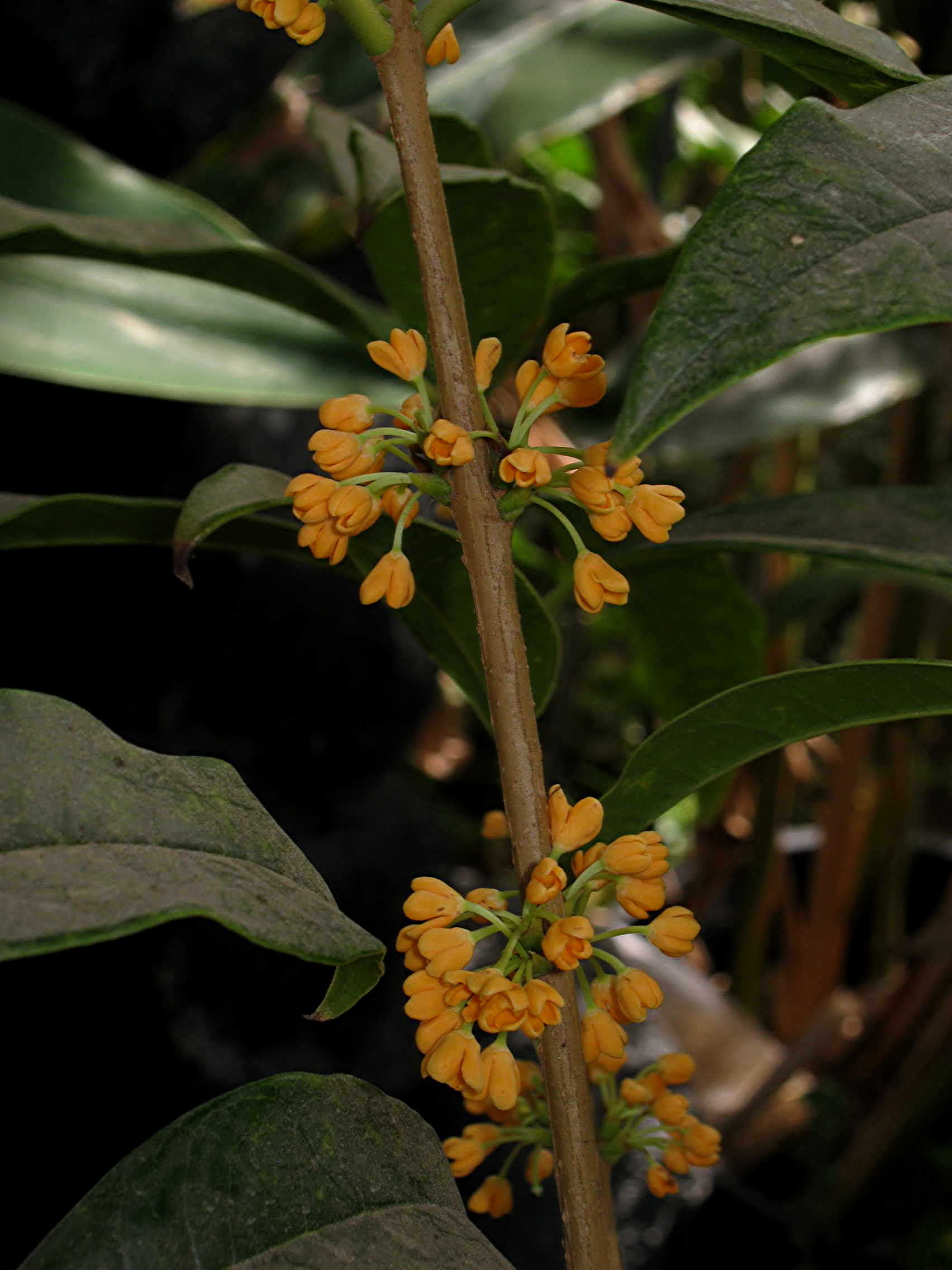
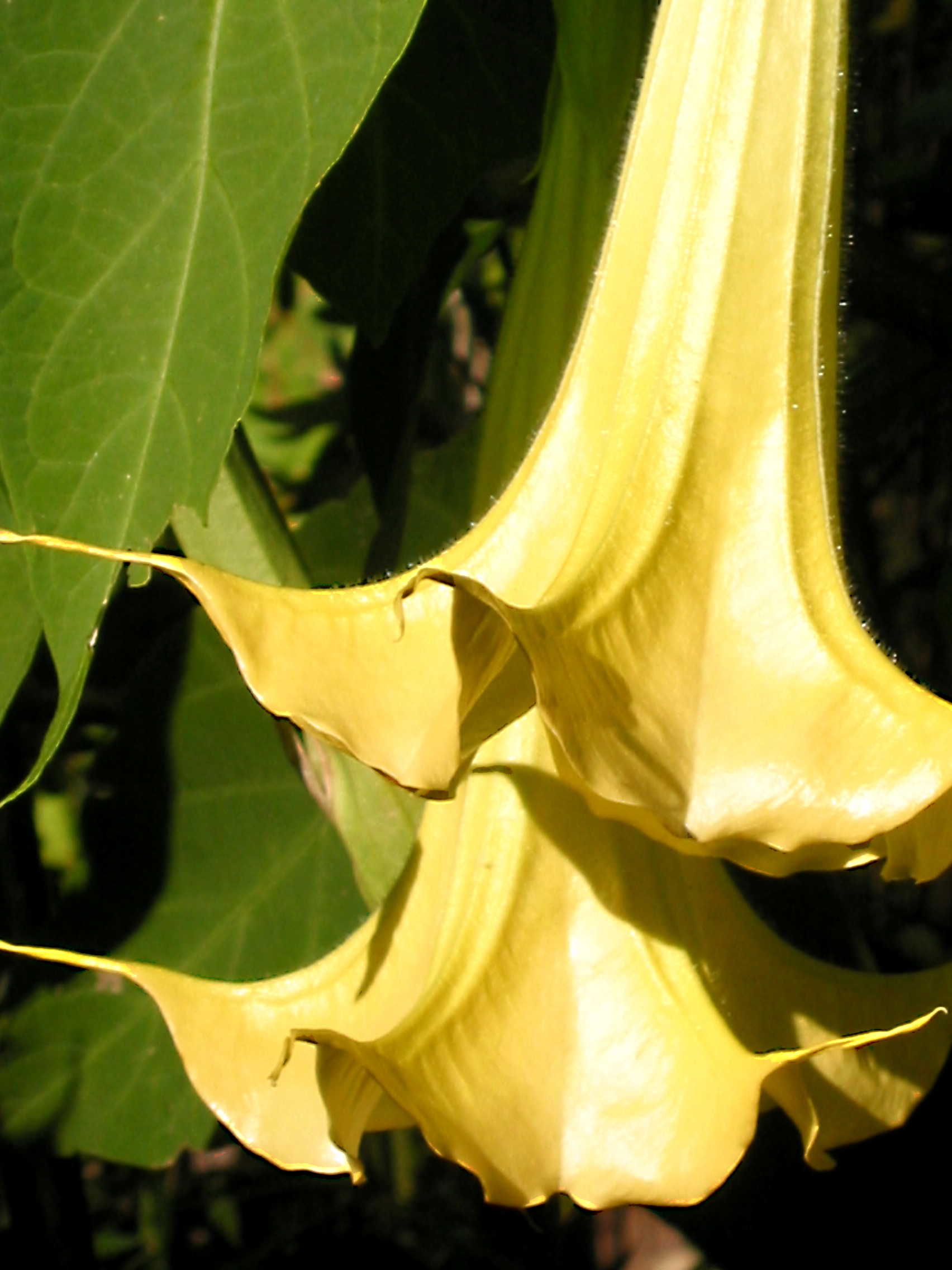
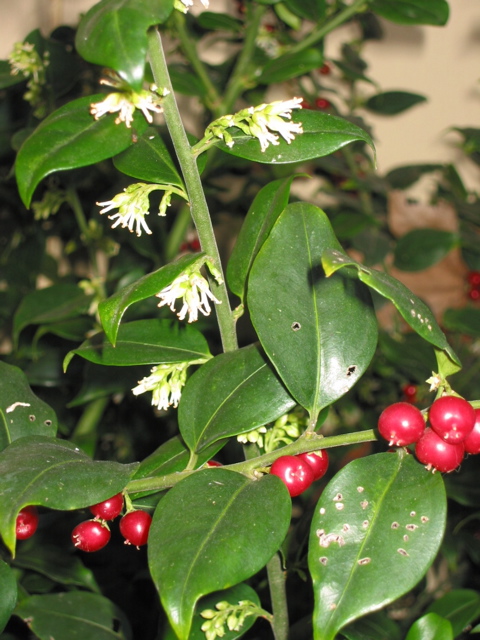
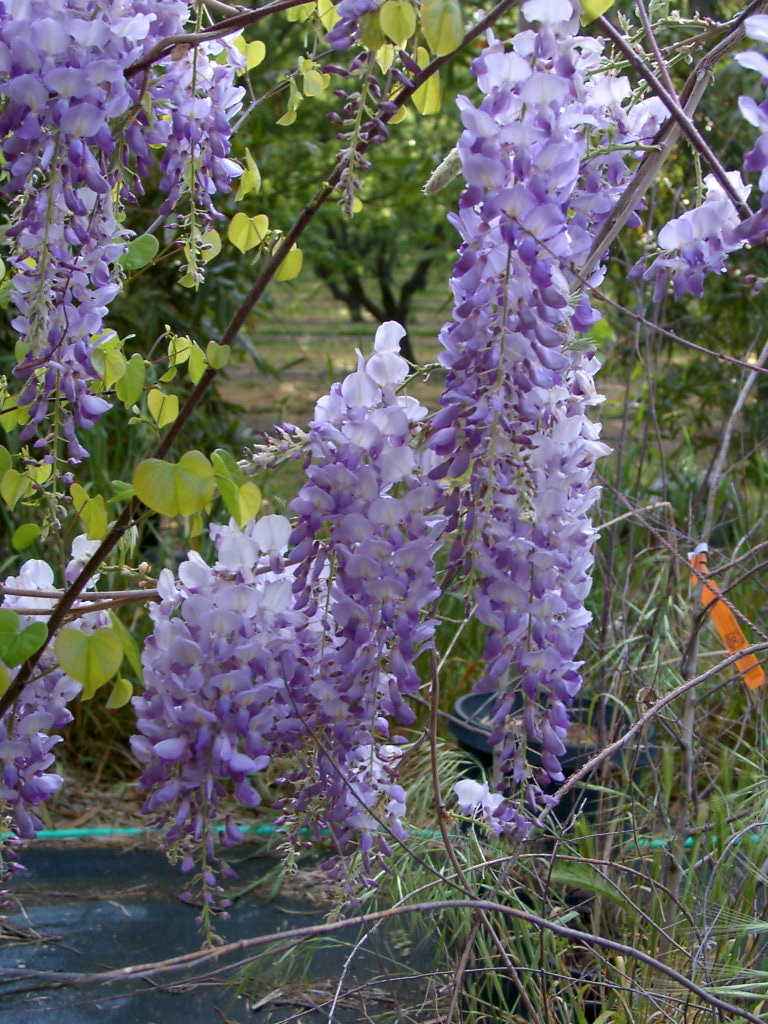

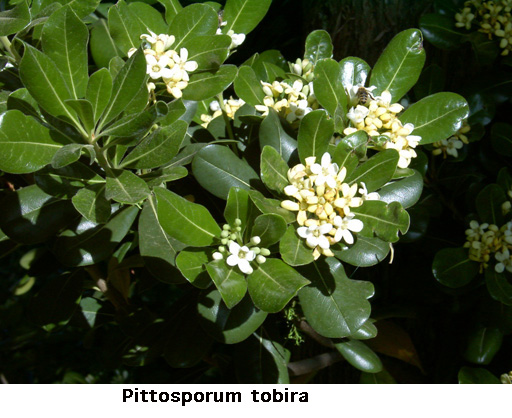
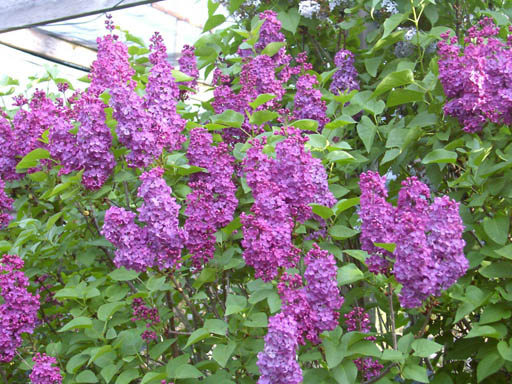

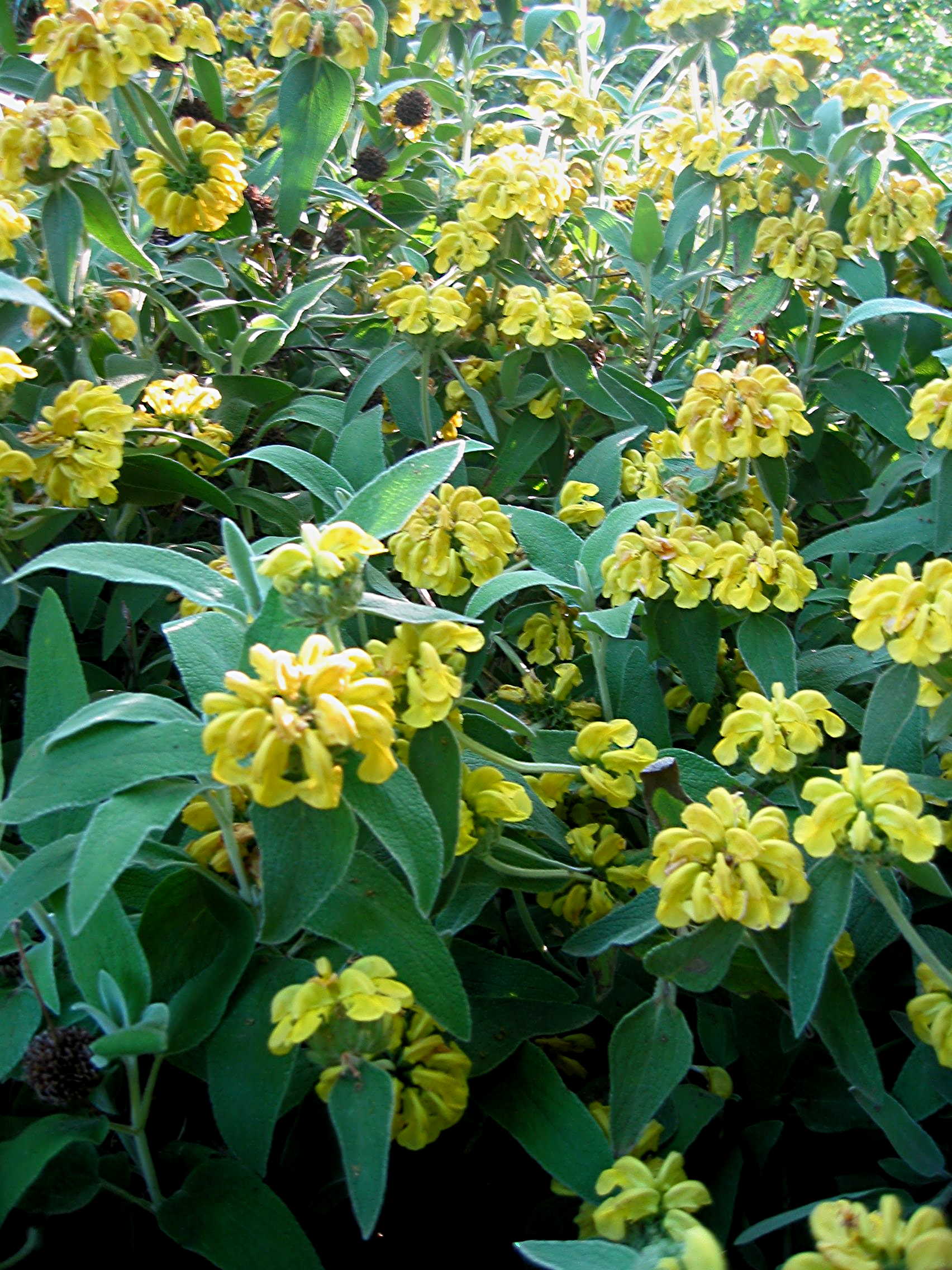
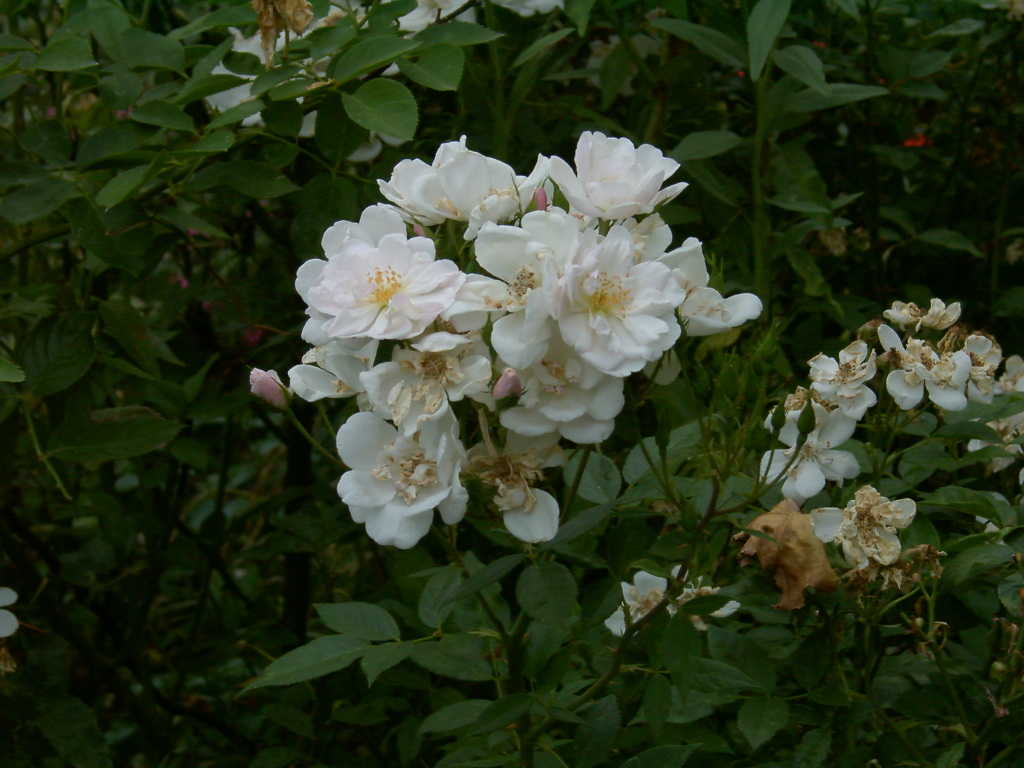

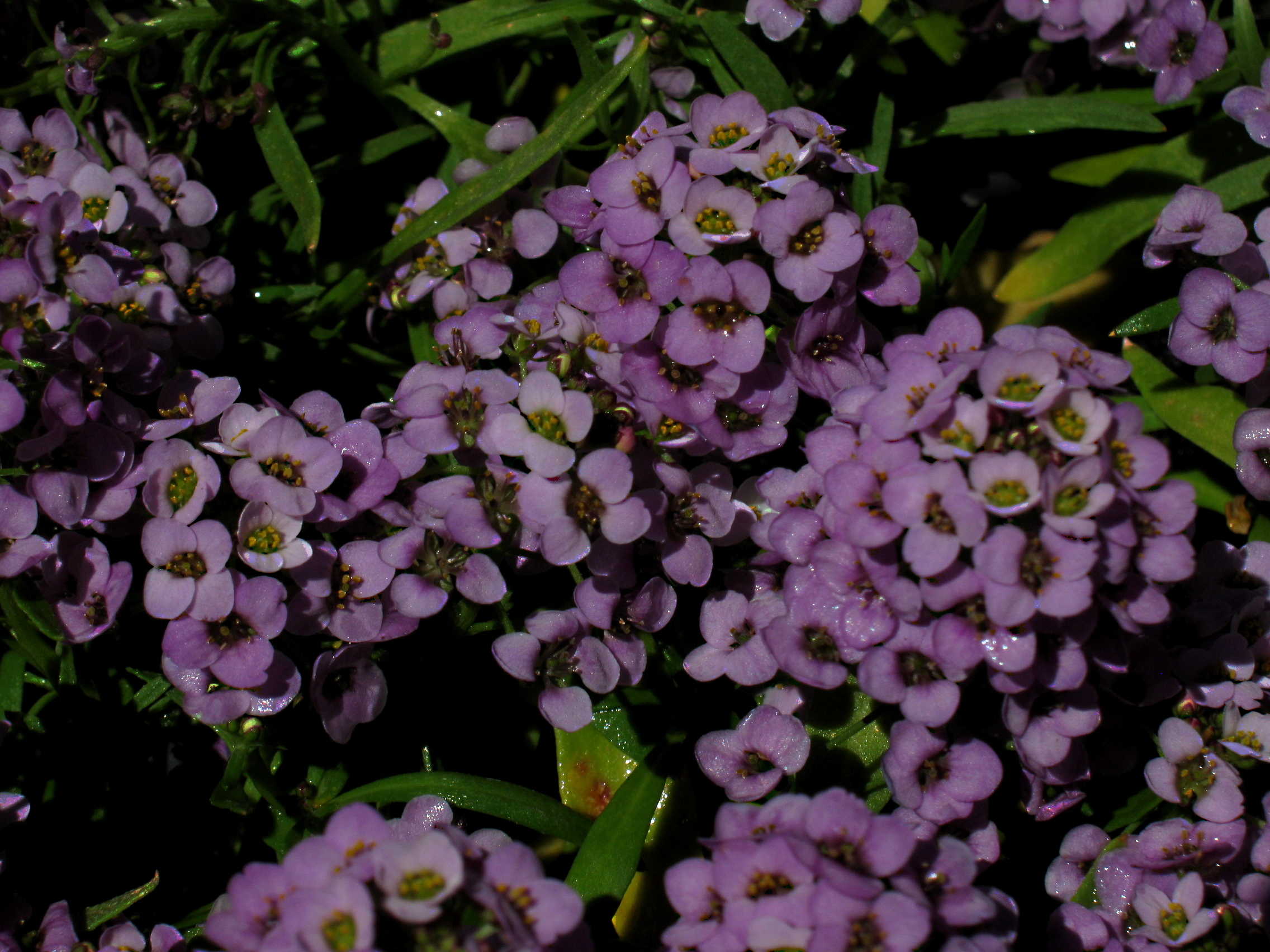

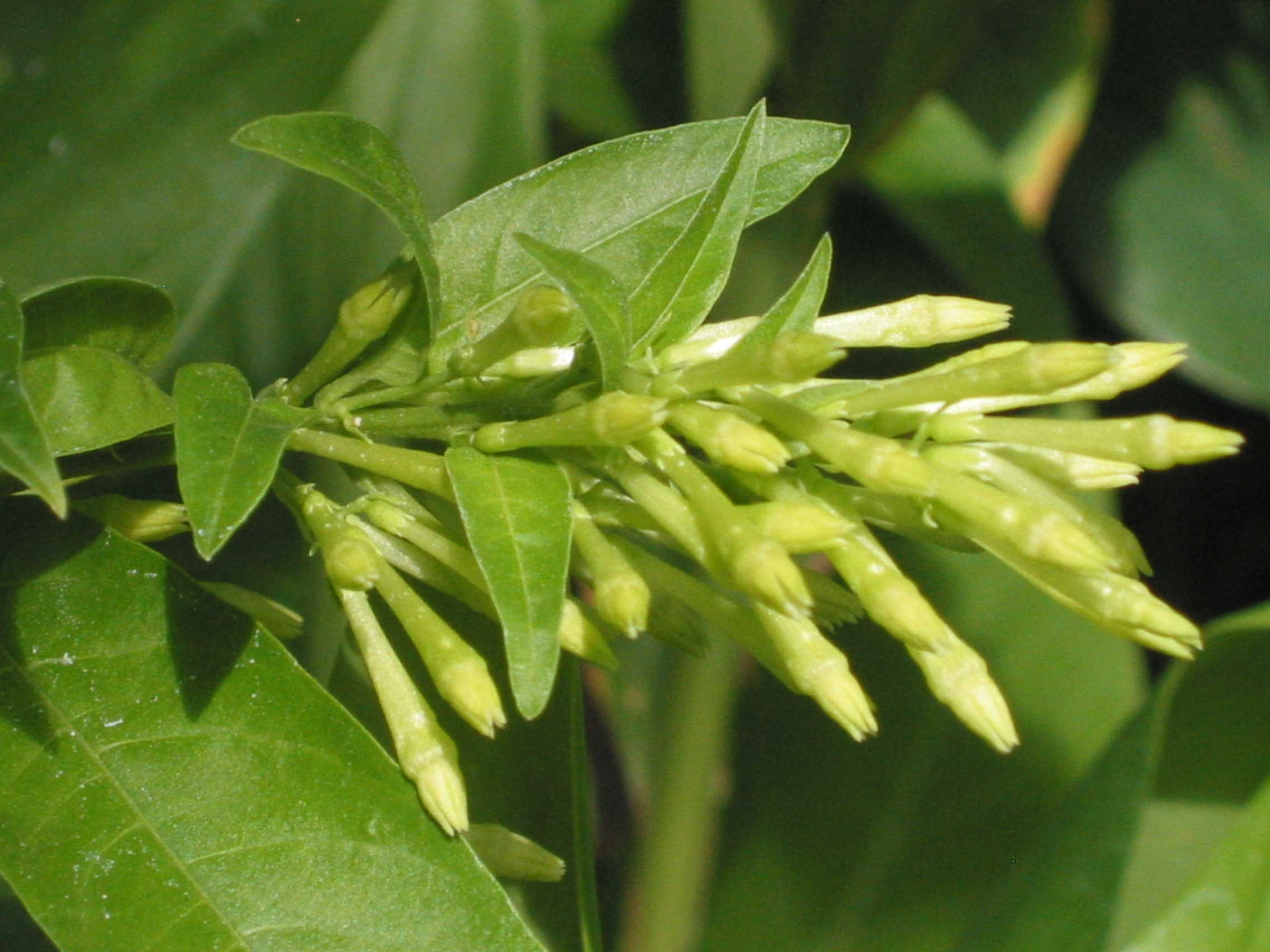
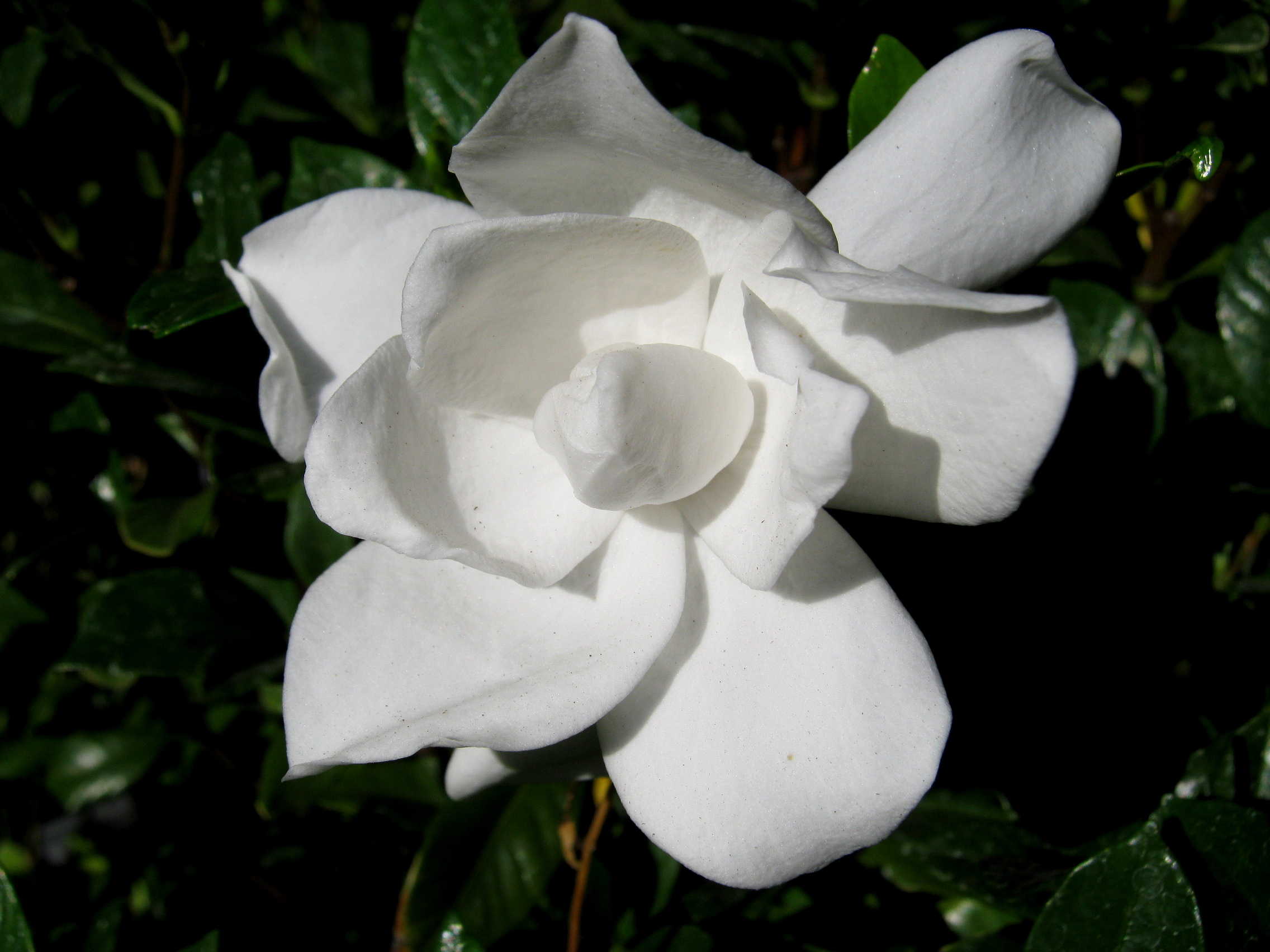
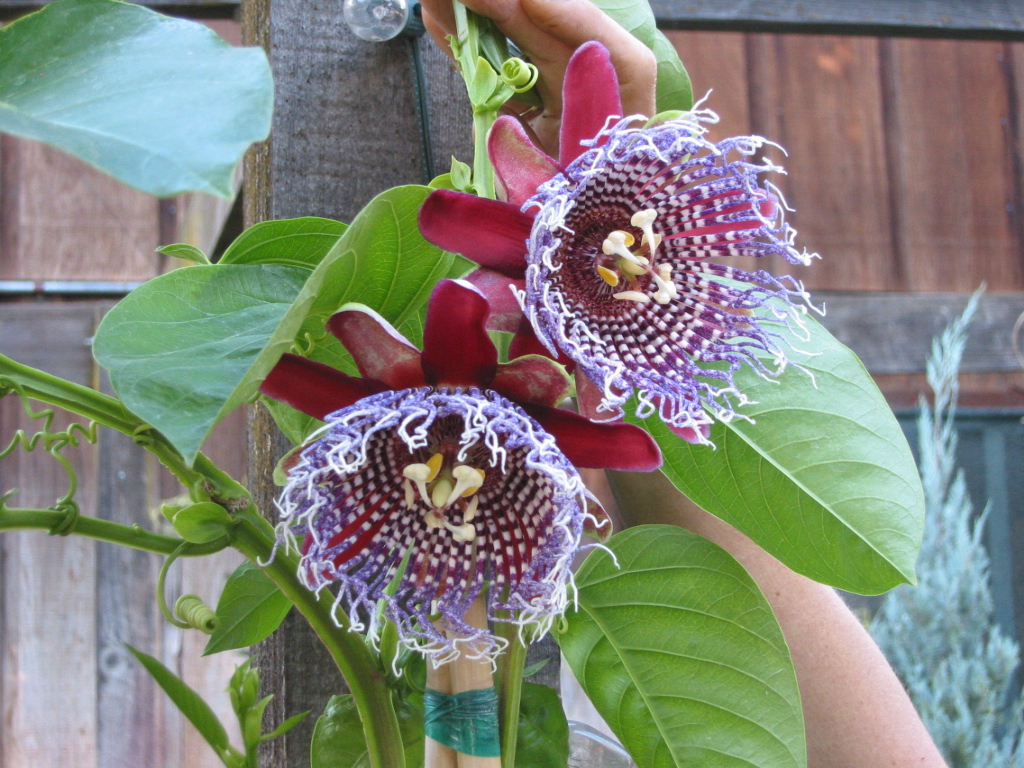
No comments:
Post a Comment